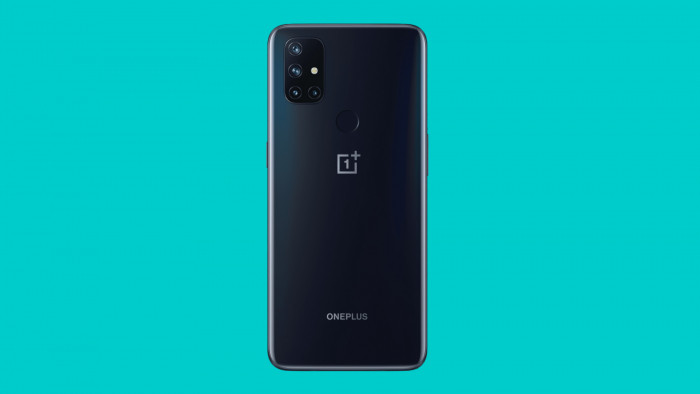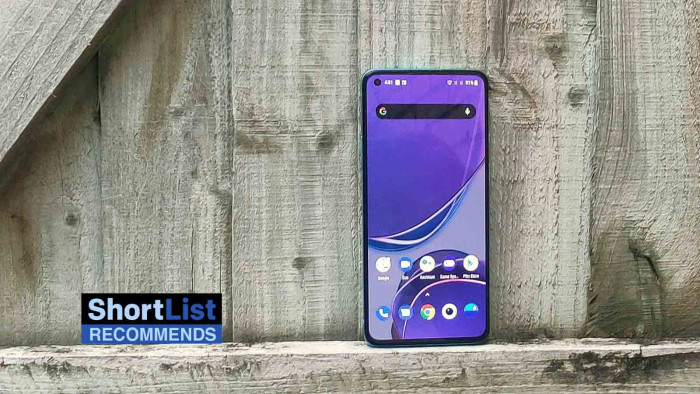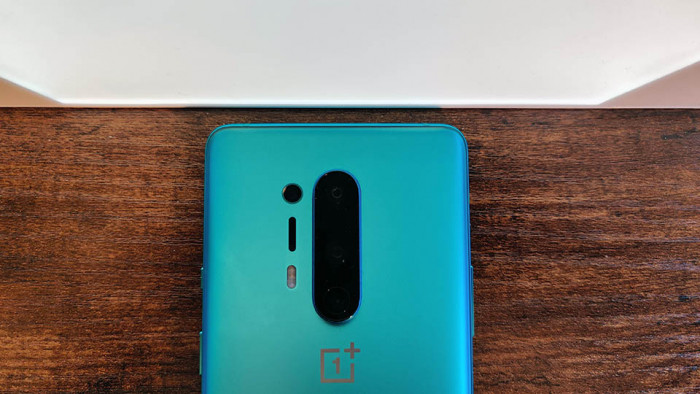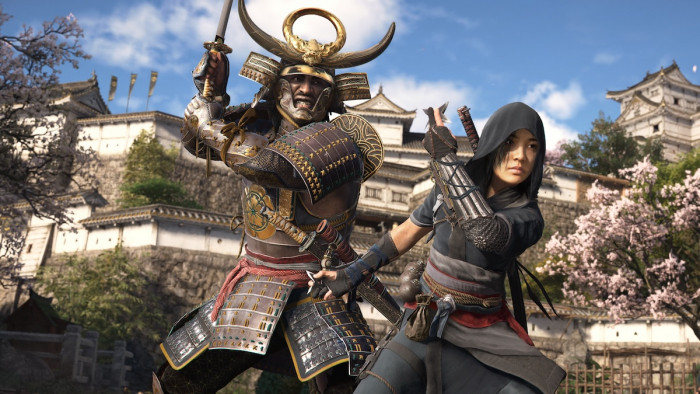It’s November 1972. Chuck Berry is sitting at No1 for the only time in his career, buzz has begun for a little film called The Poseidon Adventure, and a strange yellow, coin-operated cabinet has appeared in the corner of your local pub. Two circular dials control a pair of featureless white paddles, sliding up and down either side of a deep black monitor. A white dot – a ball without enough pixels to be an actual ball, more square than spherical – bleeps and bounces between the two. Well, it would if a square could bounce. The entire establishment, inebriated or otherwise, is transfixed. What dark magic is this?
‘This’ was Pong, created by the founder of California-based games company Atari as a digital version of table tennis, and the US just couldn’t get enough of it. It would take another six years for Space Invaders to co-ordinate gaming’s true global takeover from Taito’s Tokyo HQ. But from bars to doctors’ waiting rooms to unlicenced mini-cab operations, Atari’s Pong, for many, was the First Coming. Year zero.
“When the original prototype for the machine stopped working in Atari’s local bar, head of engineering Al Alcorn – the man who created it – was called in to fix it,” Retro Gamer editor Darran Jones tells ShortList. “When he opened the machine, he found it was crammed with quarters. In the space of just over a week more than 400 games had been played on a single machine.”
Yet Atari's Pong, 40 years old this year, was not the original computer game – that is generally regarded as William Higinbotham’s 1958 laboratory experiment Tennis For Two. It wasn’t even the original commercial bat’n’ball video game – that particular title belongs to Ralph Baer’s Tennis on the Magnavox Odyssey console, also released in 1958. Yet it’s Pong’s simple, black and white image and evocative sound effect that has truly evolved.
“Pong was the first video game to be mass-produced and successful,” says Jones. “The likes of Spacewar!, Tennis For Two and Computer Space may have come first, but they were either private projects or created in small numbers. They certainly weren’t on this scale. Pong shifted 8,000 units in no time, and when it first started appearing across the US, many had never seen anything like it before.”
The problem was that, within the computer industry, people felt they had seen this before. And they were beginning to circle. Well, square…
Press start to play
“Everyone who has ever taken a shower has had an idea. It’s the person who gets out of the shower, dries off and does something about it that makes a difference.”
So said Nolan Bushnell, founder of Atari and the man who came to be regarded as the godfather of video games. How? By improving on an idea that already existed, becoming ridiculously successful off the back of it and then being greeted with a legal minefield for his endeavour. It’s not surprising, then, that Bushnell was the man to give Apple’s Steve Jobs his first , um, job.
Unbelievably in this litigious age, where patent lawsuits are traded like Panini stickers, Pong actually began life as an imitation.
It was also supposed to be a training project, although its developer didn’t know about the latter. Bushnell set Alcorn the unenviable task of creating a clever ping-pong game based, quite openly, on Magnavox’s “not very clever“ Tennis title (Bushnell’s words, not ours).
While the real plan had been to study artificial intelligence for a driving game Atari was working on for pinball industry player Bally, the mechanics that Alcorn delivered based on Bushnell’s tight brief proved addictive in their basic form and, importantly, easier to understand than anything they, or the general public, had ever seen.
After trials in the creators’ nearby drinking den, Andy Capp’s Tavern, and a grapple with funding issues that stemmed from the Mafia’s vice-like grip on the associated pinball industry, Pong was released as a commercial coin-operated arcade machine. Bushnell estimates it made $40 a day on release. By 1973 Atari had 2,500 orders; by the end of 1974 it had made $3.2m.
The public thirst was such that a home version, somewhat inevitably, became the Buzz Lightyear-style hot property the following Christmas. Atari signed a deal with department-store behemoth Sears, which reportedly said it would take as many as could be built (in reality, it was 150,000).
By the end of 1975, in homes where personal computers had yet to appear, Atari had sold $40m worth of Pongs. And started several thousand sibling-related punch-ups in the process. To put it in context, if the Wii U gets anywhere near Pong’s success later this year, Nintendo will be deliriously happy.
Insert coins to continue…
Before Bushnell and his boys could even begin thinking about making a home version, Atari came under attack from – you guessed it – Baer and Magnavox. They had cottoned on to Pong‘s domestic success and were shouting “My idea!” while flinging legal papers at the many imitators that had popped up in Pong’s wake.
“Pong prided itself on being accessible, but it was heavily cloned,” says Jones. “Lots of small electronic firms created their own versions. It should come as no surprise that many popular games on Apple’s iOS are built around similar principles.”
After documents, including a signed guest book that proved Bushnell had played Baer’s Tennis before Pong was released, were shown to the court, Bushnell agreed to settle, outlaying $700,000 in the summer of 1976 for Atari to become an official licensee, leaving Magnavox free to sue others.
Although Bushell believed he had a case, the cost of running it was too high. However, this not only meant that all licensees were then forced to pay royalties for use of the idea, but also that Magnavox owned the rights to anything Atari created in the coming year. Bushnell’s response? His firm went on a hiatus for 12 months.
“I believe that business is war,” Bushnell once told website Eurogamer. “I believe it’s OK to whack your competition if you can. That‘s what it’s all about. But you want to do it kind of fairly. I have no idea how you define that.”
As many of the copycat companies counter-sued for commercial reasons, the home version of Pong had a backlash of its own.
For the first time, video games were a big hit and, in turn, big news. Plugging the dark magic of those hypnotising paddles into the living room TV set was never going to please everyone. As Pong gave way to Atari’s multi-game VCS console, which added the likes of Combat and Pac-Man to Pong, outraged rumours of domestic carnage began to spread.
“My parents gave me some lame excuse that if you hooked up an Atari to your TV it would ruin your television,” says Chuck Van Pelt, founder of the Portland Retro Gaming Expo. “So I wasn’t allowed one.” In fact, much of the technical trouble was put down to cheap copies made of inferior parts, yet the problem with being an icon is that everyone remembers your name.
Pong forever
As well as being the forerunner to every two-player video game played on a single screen in existence, from the Fifa franchise to the Street Fighter series, Pong inspired many gaming greats. Nintendo’s clone saw off their financially barren years and fuelled a gaming institution. Metal Gear Solid publisher Konami traded the jukebox business for arcades after seeing Pong’s success. And Tekken creator Namco rose from Atari’s internal arcade division.
“Bushnell sold Atari four years after he created it for $28m,” says The Guardian's Simon Parkin, “but not before he and his designers had defined the basic vocabulary of video games with proto-verbs the industry still uses today. The company was the first to view game designers not as production line workers, but as creative artisans tasked with defining the language and boundaries of a new medium.”
Four years after Bushnell’s sale, Atari had an annual turnover of $2bn and one of Silicon Valley’s largest Research & Development divisions as its Atari VCS console continued to champion gaming to the masses. Bushnell went on to invent the car navigation technology in satnavs – and sell it to Rupert Murdoch for $50m in 1989 – create the Chuck E Cheese pizza chain, dabble in robotics and even become a Bafta fellow. But it’s his gaming heritage that has endured.
“I consider early video games to be like chess was 4,000 years ago,” says Bushnell. “Both contain traits that have stood the test of time. They have created frameworks that are still adhered to.”
Nintendo’s Wii was the most recent high-profile phenomenon to reference Bushnell and Alcorn’s magic. Wii Sports – a dressed-up, 3D take on his family-unifying focus – deftly made gaming socially acceptable again. However, Pong’s influence has permeated popular culture far and wide.
From Saturday Night Live skits to Frank Black song titles (1994’s Whatever Happened To Pong?) via a particularly great Ogilvy & Mather ad for American Express that had US tennis star Andy Roddick trading shots with an enormous, pixelated white bar, Pong is shorthand for retro cool. An easy route to geek-chic cachet.
Or as Kang, The Simpsons’ invasion-happy alien overlord, declared, it’s the human race’s “crowning achievement in amusement technology”.










